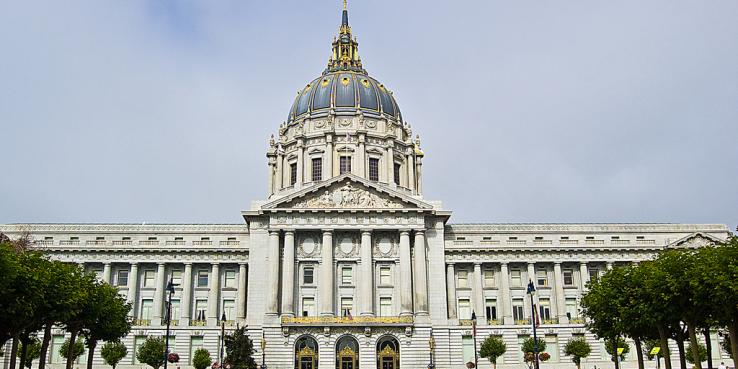With two different pension-reform measures on the upcoming ballot, it’s no secret that pension reform will have a significant impact on the November election. But how did the city get to the point of having a problem of this magnitude? Clearly the recession has played a big part, but what about the many negotiated increases in benefits over the course of the last decade?
While there has been much discussion here at SPUR about the magnitude of the pension crisis in San Francisco, scant attention has been paid to the many decisions that brought the city to the brink. In a recent article, the Examiner’s Josh Sabatini finally cast a light on the elephant in the room: “Among the factors leading to skyrocketing costs is a political culture that routinely rewards public employee unions with little thought about the future.”
These increases have taken many forms, but with little consideration of the financial implications down the road. Sabatini discussed some of the trends in pension benefits over the last decade, including how former Mayor Gavin Newsom struck a 24 percent, four-year pay increase with the Police Officers Association, as well as the firefighters and nurses unions.
But this was just one of the recent agreements that should cause concern in the current debate. The real issue is that pay increases have continued in the midst of this crisis, compounding problems with pension and other obligations. And the reality is that voters must also take some responsibility. In addition to turning a blind eye to fiscally irresponsible collective bargaining agreements, they have also approved a number of incremental changes at the ballot that have gradually — and sometimes radically — increased retirement benefits.
Once again, voters will have their say this fall. With two competing proposals for pension reform on the ballot for this November, and a slightly better understanding of the potential implications, voters have an opportunity to move things in the right direction. The city’s proposal (Proposition C) is estimated to save as much as $1.29 billion over ten years by increasing employee contributions and requiring contributions to the retiree health account. Jeff Adachi’s proposal (Proposition D) is projected to save as much as $1.62 billion by increasing employee contributions and reducing benefits for future employees.
While each proposal promises significant savings, this has to be the opening salvo in the debate: The total projected cost of pensions over the next ten years? Four to five times the savings offered by either proposal. That’s $6.57 billion.
Will the city's pension proposal really solve the pension crisis? >>
